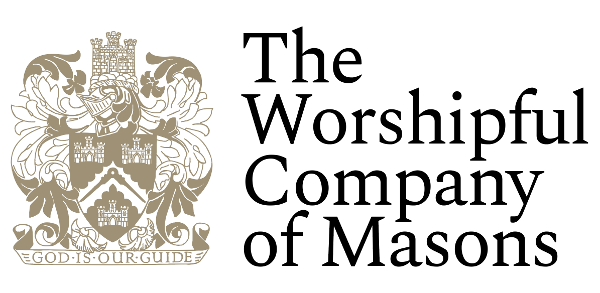Our Associations
Over many years the Masons’ Company has formed supportive alliances outside the confines of stonemasonry. Today our formal associations include all three branches of the Armed Forces, Ironbridge Gorge Museum, The Weald and Downland Open Air Museum, the Cathedrals’ Workshop Fellowship, the Construction Livery Group and 15 Company South West London ACF.
HMS Portland
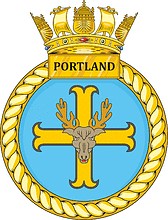
HMS Portland (F79) is a Type 23 ‘Duke’-class frigate. Based at HMNB Devonport in Plymouth, she was launched by Lady Heather Brigstocke on 15 May 1999.
Having just undergone a major four and a half year upgrade which included, amongst other things, installing the Artisan 3D radar and replacing the aged Sea Wolf missile system with the new Sea Ceptor, HMS Portland has taken her place on the front line of naval operations once again
Previous deployments include Atlantic Patrol Tasking South where the ship offered reassurance to British interests and allied nations by providing an ongoing Royal Navy presence.
36 Engineer Regiment
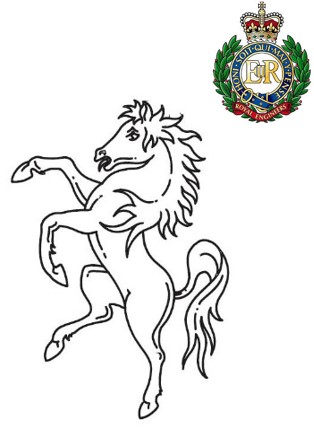
36 Engineer Regiment is a Force Support Engineer Regiment that provides specialist engineer solutions. They are ready to deliver theatre entry, indirect support to combat operations, military-civil transition and recovery to the Land, Logistic and Maritime components on current and future operations.
As the British Army’s leading Force Support engineer unit, they are able to deploy anywhere, providing all the skillsets that the Sappers are famous for. This includes all artisan trades, logistics specialists, drivers, communications specialists and combat engineers.
Additionally, they can deploy an armoured vehicle capability that can prove and clear logistics routes.
Regiment Specific Skillset
• Force Support engineering
• Route Proving & Clearance (RP&C)
• Construction expertise
• Engineer logistics
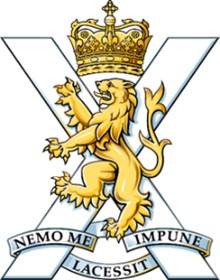
The Royal Regiment of Scotland is the senior Infantry Regiment of the British Army, bound by its unified purpose to deliver a modern infantry fighting capability for the UK and its Defence requirements around the world.
Today the Regiment is made up of three regular battalions, one regular incremental company and two reserve battalions. Each of the Regular battalions have specialist operation roles whether fighting on foot or mounted on the Army’s latest armoured vehicles. The Regiment is balanced and adaptable, ready for all conflicts present and future.
The Regiment is a disciplined, resilient and professional team with an unrelenting focus on the pursuit of excellence. A team that has the humility to learn from each other.
No 14 Squadron RAF
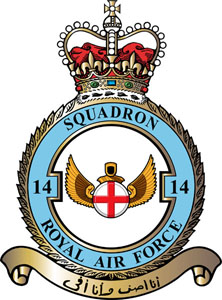
Based at RAF Waddington, hub of the intelligence, surveillance, target acquisition and reconnaissance, known as ISTAR, No 14 Sqn have helped to defend the Suez Canal and the Holy City of Mecca amongst many others, since their initial formation in 1915.
Having flown many aircraft over the years including Wellesley, Mosquito FBVI, Phantom FGR2 and Jaguar, it currently operates the Beechcraft Shadow R1 aircraft
15 Company, SW London ACF
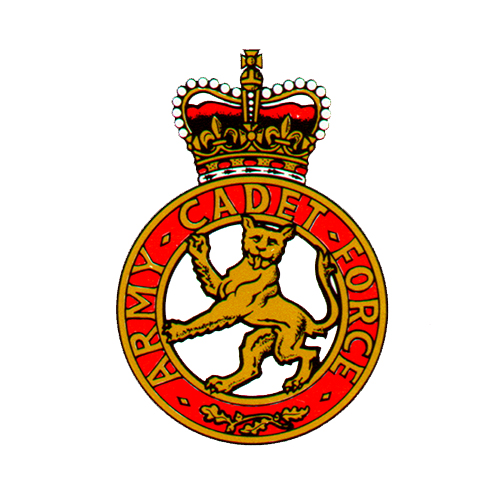
The Army Cadet Force is open to all young people between the ages of 12 and 18 who are in school year 8 or above.
South West London Army Cadet Force has 18 detachments covering the whole area. Divided into three Companies we also have a Corps of Drums for those more interested in music.
15 Company, to which the Masons’ Company is affiliated, is spread over 8 Detachment locations throughout South West London and Surrey.
Ironbridge Gorge Museums
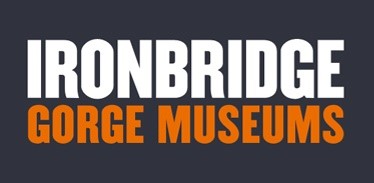
Regarded as the birthplace of the Industrial Revolution, the Ironbridge Gorge Museums near Telford in Shropshire were designated a World Heritage Site in 1986 – one of the first within the UK.
The world’s first iron bridge was erected over the River Severn at Coalbrookdale in 1779. This now world-famous industrial monument gave its name to the town that grew around it and to the spectacular wooded gorge that was the birthplace of the Industrial Revolution.
Today, ten fascinating museums are devoted to different aspects of industrial archaeology including engineering and china. Blists Hill is an authentic reconstruction of a mining town from the late 19th Century with shops and businesses including a carpenter’s shop, a candlemaker’s factory, a doctor’s surgery, a printer’s shop, a brick and tilemaker. The Mason’s Yard in the town was provided by the Livery in the early 1980s and is an ideal place to demonstrate our ancient craft to schoolchildren and adults alike.
Every year, on a Saturday in June, the Masters of each of the City Livery Companies are given a conducted tour of the complex. Blists Hill is a highlight and students from the Building Crafts College, attired in Victorian livery, demonstrate their skills in the mason’s yard.

Weald and Downland Living Museum

Ancient buildings, rescued from all over the country are re-erected at this 50-acre open air museum. Many of the houses are furnished to recreate historic domestic interiors. The museum runs a programme of demonstrations and the Company supports stonemasonry and stone carving within the schedule. A spectacular Gridshell Building houses an extensive collection of ancient artefacts and the museum runs adult-education courses in traditional rural trades and crafts, historic domestic life and building conservation.
Construction Livery Group
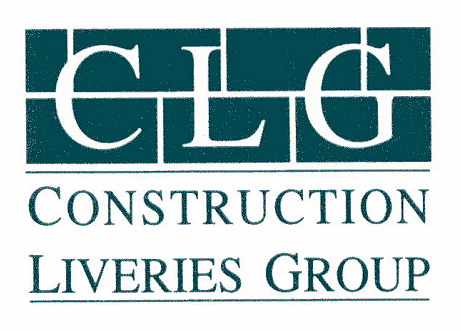
The Construction Livery Group is an umbrella organisation of 18 construction-focused Livery Companies whose purpose is to provide a dialogue on issues of mutual interest. Recently this has focused on overseeing the ceremony wherein the Lord Mayor presents Master, Journeyman and Apprentice certificates to the individuals who have reached the set criteria and been proposed by a Livery Company. The CLG meets twice a year in Carpenters Hall, by kind permission of the Master Carpenter, with a representative from each company.
Cathedrals' Workshop Fellowship
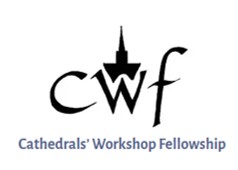
The Cathedrals’ Workshop Fellowship (CWF) is an association of Anglican cathedrals established in 2006 to provide education and training for the craftsmen and women who maintain our historic cathedrals and other historic buildings.
The CWF’s key objective is to address the needs of cathedrals and commercial conservation employers for specialists in a range of craft disciplines. Their students include carpenters, joiners, electricians, plumbers and heritage stonemasons.

The Associated Companies
The Associated Companies have an important shared history that underpins a supportive fellowship today.
The Mercers', Masons', Cooks' and Broderers' Companies
When James VI of Scotland inherited the thrones of England and Ireland in 1603, he based himself in England, as the largest of his kingdoms. Concerned that Ireland was vulnerable to invasion and / or rebellion he determined to relocate a number of his most reliable subjects to an area in the north which became County Londonderry.
To fund the scheme, he approached the City of London who, in 1610, agreed that the 12 Great Companies would together raise £20,000. The Mercers were the first to be called upon to pay £410 which they begrudged as excessive so set about reducing the second tranche to £310 and engaging four lesser Companies to contribute. The Masons (£100), the Innholders and Cooks (£200 each) and the Broderers (£153) although no written agreement was ever made.
In 1613 the allocation of 500,000 acres of land to the contributors began and the Mercers and its donors, now known as the Associated Companies, were granted on 17 October 1618, 21,600 acres on the west bank of the River Bann which today includes the town of Kilrea. The venture failed due to confusion as to how the land should be split, a shortage of immigrant uptake, lack of funding and poor investment returns and in 1906 the land was compulsorily purchased and resold to the occupying tenants.
The Innholders had long-since resigned from the Association but the Mercers, Masons, Cooks and Broderers retained their fellowship and in 1948 entered into a similar joint venture in Southern Rhodesia, again without contract and with no better result.
Today the Associated Companies continue to enjoy social fellowship and charitable enterprise each year uniting in the support of a relevant cause. Over the years the joint donations have been used to assist a business enterprise agency to help ‘seed’ fund small businesses, purchased a mobile kitchen for use at major events and funded young people to study embroidery at the Royal School of Needlework.
In 2009, to mark 400 years of the association of the companies, it was agreed that for four years they jointly fund the Gullion Link project bringing together young people at St Ethelburga’s Church in the City of London and in the City of Newry in Northern Ireland. More recently QEST, Queen Elisabeth Scholarship Trust, received the annual donation to assist young people to hone their skills, one of who benefitted was a young stonemason. Subsequently a grant was made to Cathedral Workshop Fellowship and to Lettering Arts Trust to help fund stonemasonry apprentices. The most recent grant was made to Switchback, a London based Prison Rehabilitation charity helping young offenders make real, long lasting changes to their lives after their release from prison.
Read more about the Mercers’ Company >>>
